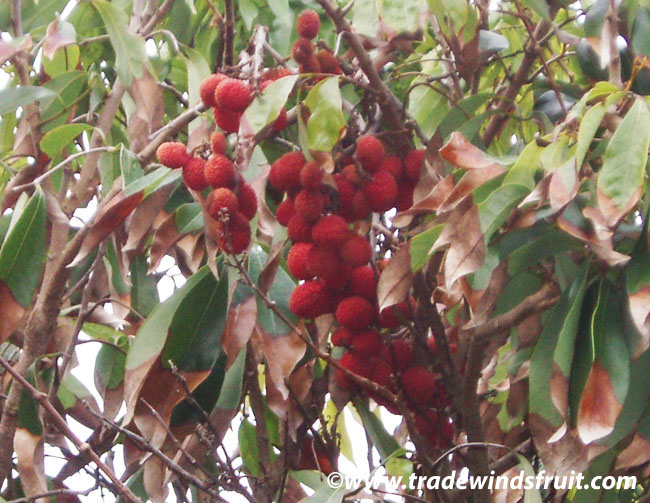- Home »
- Information »
- Lychee
Lychee
Litchi chinensis
Red colored fruit with brittle, mottled skin, about 1-1.5" across, and ovaloid in shape. Beneath its thin skin is revealed white-translucent pulp with a uniquely sweet flavor. The lychee is a highly popular fruit in many parts of the world, and there are numerous varieties with varying flavors.
Seed Availability
Seeds have limited viability and cannot be dried or stored for very long. We usually have fresh seeds available on and off from May-September. A link to a store order page will appear here if seeds are available.
Seed Availability
Seeds have limited viability and cannot be dried or stored for very long. We usually have fresh seeds available on and off from May-September. A link to a store order page will appear here if seeds are available.
Description
Medium to large sized tree, often 20-40ft, but up to 100ft. Lychee flowers are borne on long inflorescenses and are either male, hermaphrodite-fruiting male (which have the best pollen), or hermaphrodite-fruiting female. All three types of flowers occur in sequence, though not necessarily in that order, in a lychee inflorescence.
Hardiness
Mature trees will withstand light frosts, but temperatures below 32F for prolonged periods of time may begin to damage or kill the tree.
Growing Environment
The lychee grows best in a partially subtropical climate, where temperatures are cool (32-45F) and dry for a few months during winter. The cold requirement does not seem particularly strict as long as there is some seasonal variability in temperatures. In ultra-tropical climates, the lychee may not fruit at all. Heavy rain, fog, as well as heavy winds are detrimental during flowering and fruiting periods.
Propagation
Can be grown from seed, although they will not come true to variety. May take 5-15 years to bear from seed. Better varieties are generally air-layered.
Uses
Eaten fresh, processed into ice creams, candies, and for desserts. Dried lychee's are also eaten.
Native Range
Native to lowland areas in the provinces of Kwangtung and Fukien, in Southern China. The lychee is now cultivated in many parts of Asia, Australia, and the America's. There are commercial plantations in Florida, Hawaii, and to a limited extent, portions of Southern California. Air layers can fruit in 2-5 years.
Additional Pictures
Related Species
| Sapindaceae | |||
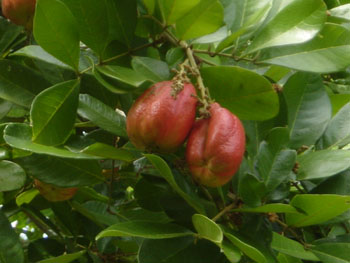 |
Blighia sapida Akee |
 |
Dimocarpus didyma Alupag |
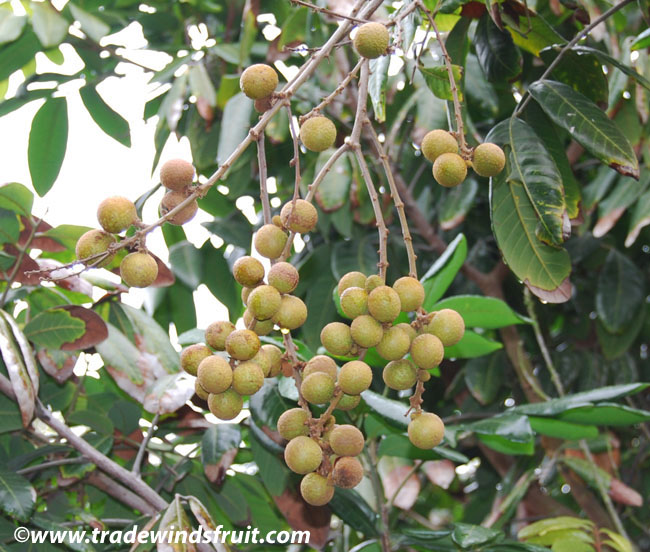 |
Dimocarpus longana Longan |
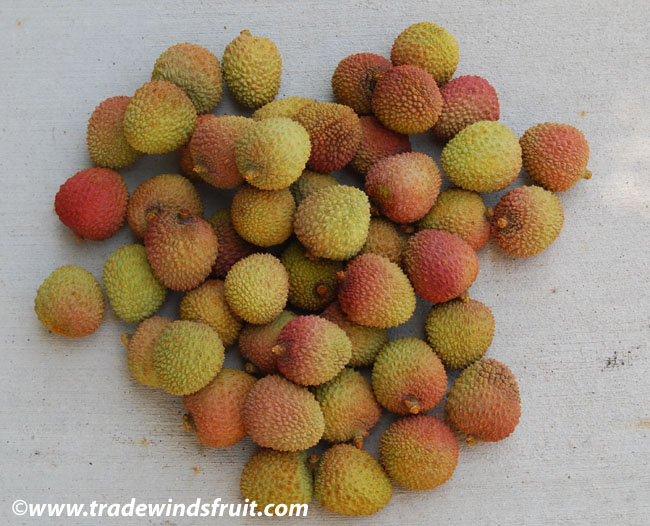 |
Litchi chinensis Lychee |
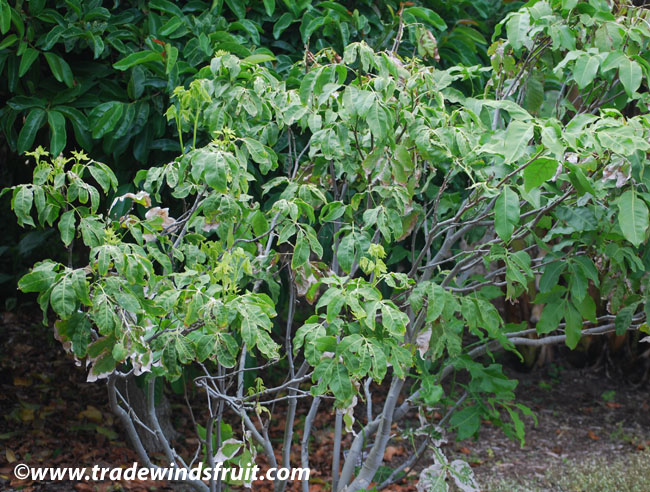 |
Melicoccus bijugatus Mamoncillo |
 |
Nephelium echinulatum Nephelium echinulatum |
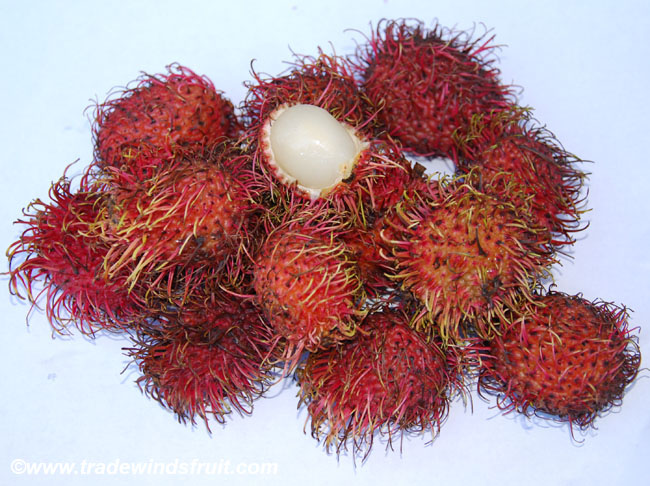 |
Nephelium lappaceum Rambutan |
 |
Nephelium maingayi Nude Rambutan |
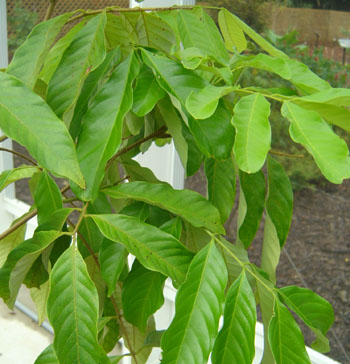 |
Nephelium mutabile Pulasan |
 |
Nephelium uncinatum Hooked Rambutan |
 |
Nephelium xerospermoides Hairless Rambutan |
 |
Paullinia cupana Guarana |
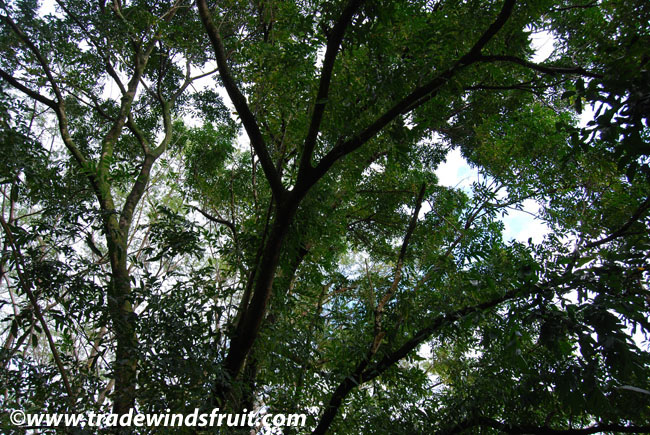 |
Saponaria detergens Soap Nut |
 |
Talisia esculenta Belizian Genip |

